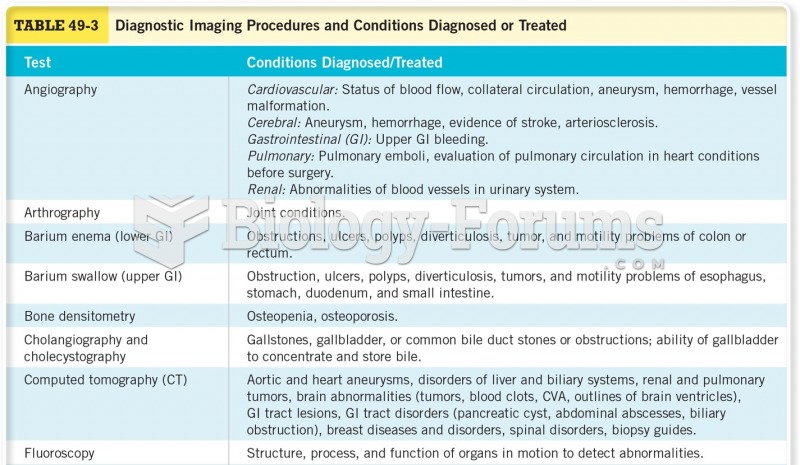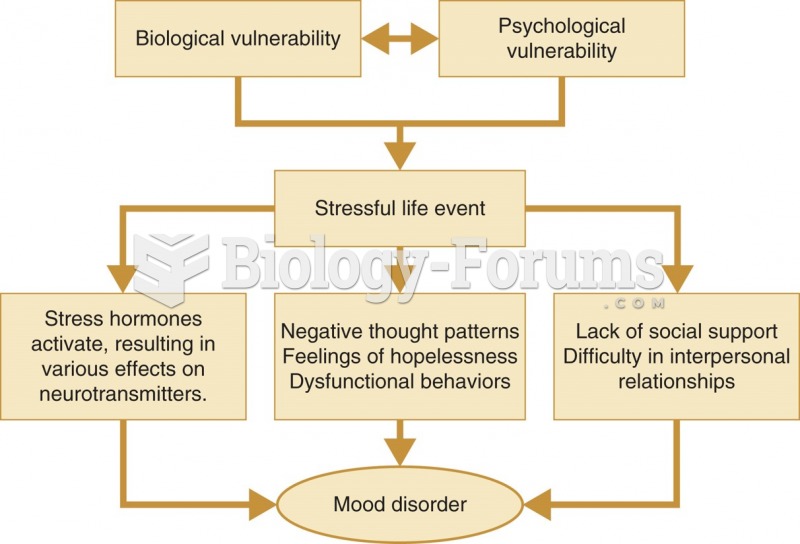Answer to Question 1
A
This question requires analytical decision making to identify hypertensive crises and data for the evaluation process. Knowing when the last dose of the monoamine oxidase inhibitor (MAOI) was taken helps determine immediate treatment. Although the ingestion of alcohol is pertinent to determining what tyramine-containing foods the patient may have had, it is not as crucial as knowing when the last dose of MAOI was consumed. Although natural foods may produce similar bioactivity and other antidepressants should not be taken along with an MAOI, these answers do not reflect medication assessment and evaluation. The patient is experiencing the clinical manifestation of hypertensive crisis. The classic symptoms of this condition are severe occipital headache, dilated pupils, hypertension, and palpitations or arrhythmias. This syndrome can be caused when the patient who is taking an MAOI ingests food containing tyramine, an amino acid released from foods that undergo hydrolysis (e.g., fermentation, aging, pickling, smoking, spoilage). This inhibits the monoamine oxidase and allows tyramine to reach the adrenergic nerve endings and cause the release of excess norepinephrine, which causes hypertensive crisis. To confirm the physical syndrome, first determine whether the patient is taking an MAOI. Knowing when the last dose was ingested provides a window for the duration of hypertension and therapeutic nursing interventions.
Answer to Question 2
A
Six patient characteristics, influenced by social norms, cultural values, and spiritual beliefs, are known to act as risk factors. These are patient age, ethnicity, gender, education, income, and beliefs. The remaining options are representative of protective factors.







